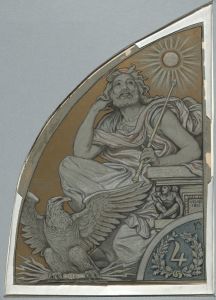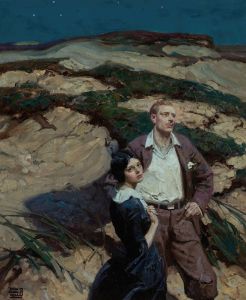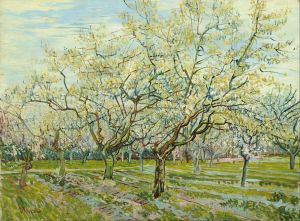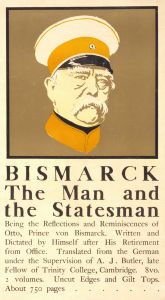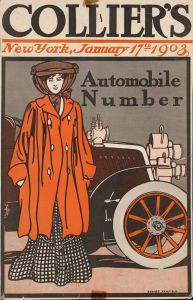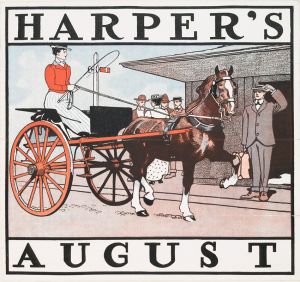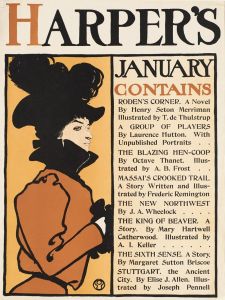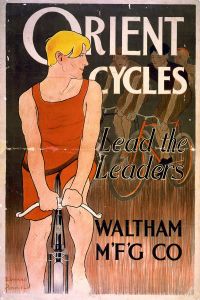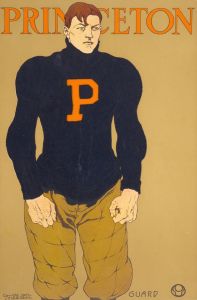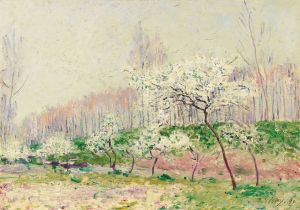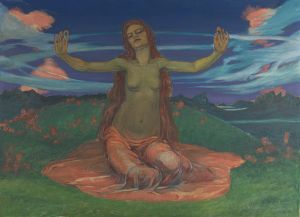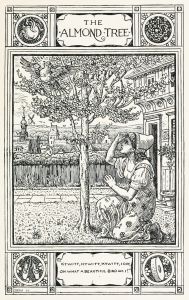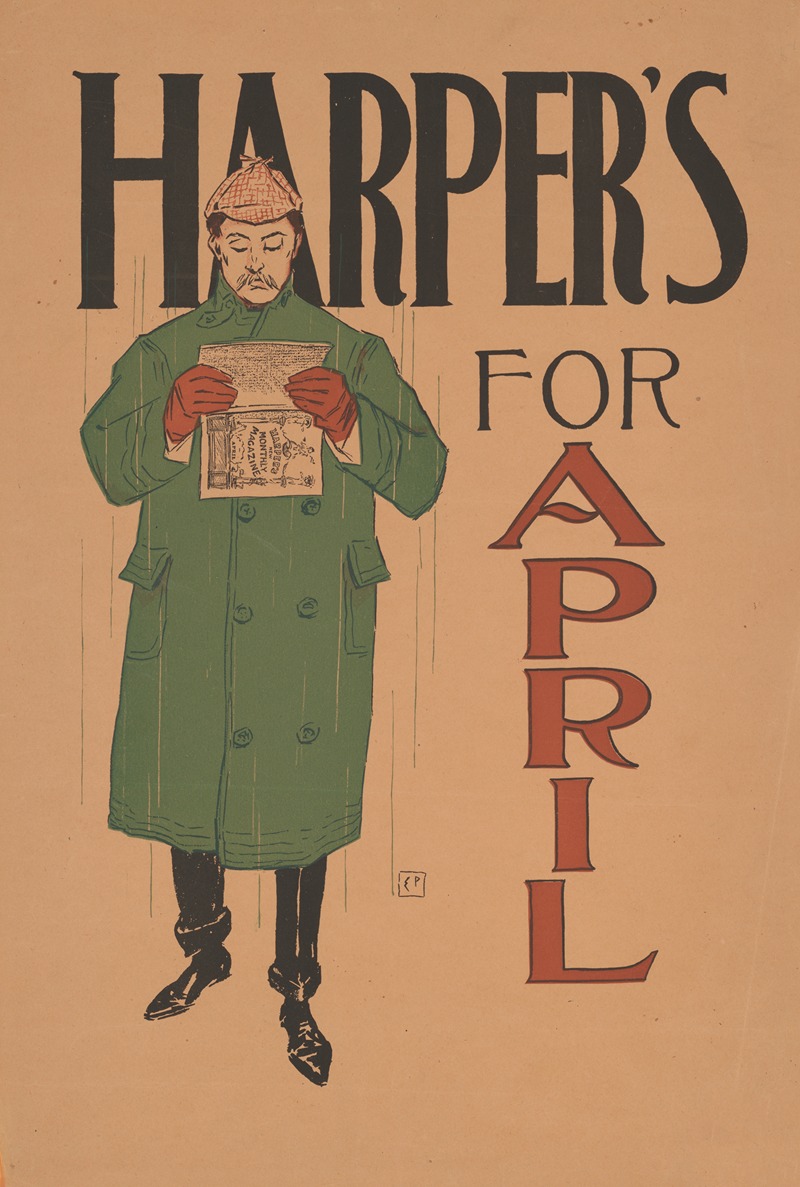
Harper’s April
A hand-painted replica of Edward Penfield’s masterpiece Harper’s April, meticulously crafted by professional artists to capture the true essence of the original. Each piece is created with museum-quality canvas and rare mineral pigments, carefully painted by experienced artists with delicate brushstrokes and rich, layered colors to perfectly recreate the texture of the original artwork. Unlike machine-printed reproductions, this hand-painted version brings the painting to life, infused with the artist’s emotions and skill in every stroke. Whether for personal collection or home decoration, it instantly elevates the artistic atmosphere of any space.
Edward Penfield was an influential American illustrator and a key figure in the development of graphic design in the late 19th and early 20th centuries. One of his notable works is the cover illustration for the April 1896 issue of "Harper's Magazine," commonly referred to as "Harper’s April." This piece is a quintessential example of Penfield's style and the Art Nouveau movement, which was characterized by its use of organic forms and elegant, flowing lines.
"Harper’s April" is a lithograph that showcases Penfield's mastery of composition and color. The illustration features a woman dressed in a fashionable spring outfit, complete with a wide-brimmed hat and a parasol, set against a simple, yet effective background. The use of flat colors and bold outlines is typical of Penfield's work and reflects the influence of Japanese prints, which were popular among Western artists at the time. This style was particularly suited to the demands of magazine covers, which needed to be eye-catching and easily reproducible.
Penfield's work for "Harper's Magazine" was instrumental in elevating the status of magazine illustration to an art form. His covers were not merely decorative; they were designed to capture the essence of the season or theme of the issue, thereby enticing readers. "Harper’s April" is a perfect example of this approach, as it encapsulates the freshness and vibrancy of spring. The woman's attire and the blossoming flowers in the background suggest a sense of renewal and optimism, themes that resonate with the season.
Edward Penfield served as the art director for "Harper's Magazine" from 1891 to 1901, during which time he produced a series of monthly cover illustrations that are now considered iconic. His work helped to define the visual identity of the magazine and set a standard for future illustrators. Penfield's covers were not only popular with readers but also influential among his contemporaries and successors in the field of graphic design.
In addition to his work for "Harper's," Penfield was a prolific artist who contributed to various other publications and advertising campaigns. His style evolved over the years, but he remained committed to the principles of clarity, simplicity, and elegance. Penfield's legacy is evident in the continued appreciation of his work, both in historical contexts and in modern design studies.
"Harper’s April" remains a celebrated piece in Penfield's oeuvre, exemplifying his ability to blend artistic innovation with commercial appeal. It stands as a testament to the transformative power of illustration in the publishing industry and the enduring appeal of Penfield's artistic vision.





